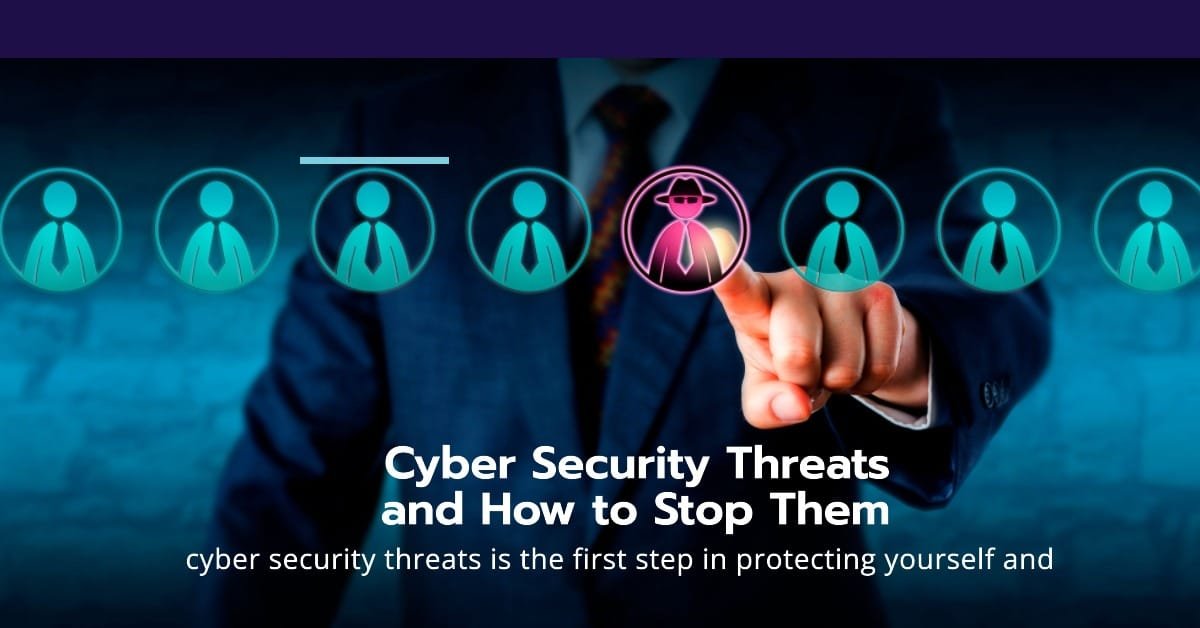

In today’s interconnected world, cybersecurity threats are a constant concern for businesses and individuals alike. From sophisticated ransomware attacks to simple phishing scams, the risks are ever-present and evolving. Understanding the landscape of cyber security threats is the first step in protecting yourself and your organization. Don’t be a victim – this article outlines 12 common cyber security threats and provides actionable strategies to mitigate them. The IT Business Digest is committed to helping businesses navigate these complex challenges and stay safe.
The digital age has brought unprecedented opportunities and a surge in cybercrime. With businesses increasingly reliant on technology and data, the potential attack surface has expanded dramatically. Cybercriminals are becoming more sophisticated, employing advanced techniques to bypass traditional security measures. Staying informed about the latest cyber security threats and implementing robust security practices is crucial for survival in the digital world.
The IT Business Digest understands the critical importance of cyber security in today’s business environment. We are committed to providing businesses with the information and resources they need to stay safe. Our coverage includes:
Cyber security is an ongoing battle. As cybercriminals become more sophisticated, businesses and individuals must remain vigilant and proactive. By understanding the landscape of cyber security threats and implementing robust security practices, you can significantly reduce your risk of becoming a victim. The IT Business Digest is here to support you on this journey, providing the insights and resources you need to stay safe in the digital world. Don’t wait – take action today to protect yourself and your business from the ever-evolving world of cyber security threats.
👁 Post Views = 1k






Welcome to IT Business Digest, your ultimate source for the latest information technology news and updates. Stay ahead with our in-depth coverage of emerging technologies, industry trends, and expert insights.